Amid its centennial anniversary, the Palace Museum in Beijing announced the third phase of its open research projects on Tuesday, spotlighting 25 academic initiatives from 23 universities and cultural institutions, the Xinhua News Agency reported on Wednesday.
Scholars involved in the projects told the Global Times that the research endeavors will advance the "creative reinvention" of the Palace Museum's heritage while fostering cultural dialogue between China and the West.
Wang Xudong, director of the Palace Museum, said during a press -conference that since 2021, the museum has rolled out three batches of these projects to boost its academic development. Nearly 100 topics have been approved with many research projects already providing fruitful results.
He revealed that the first batch of research findings will be published later in 2025.
The newly selected projects span 11 research categories, ranging from foreign cultural exchanges reflected in imperial collections to the reinterpretation of traditional Chinese values embedded in palace life.
Yun Yali, an associate professor at Capital Normal University, told the Global Times on Wednesday that integrating academic expertise into the museum's ecosystem enables "dynamic storytelling about the Forbidden City's legacy."
She pointed out that the move underscores the museum's ambition to transform itself into a global hub for interdisciplinary research and cross-cultural exchange under its "Academic Palace Museum" vision.
Yun's own research focuses on gold and silver craftsmanship during the reigns of the Yongzheng (1722-35) and Qianlong (1735-96) emperors, when Qing Dynasty (1644-1911) metalwork reached a prosperous period.
By combing through archives of the Imperial Household Department's workshops, her team so far has identified over 30 metalworking techniques - only a dozen of which survive today.
One surviving skill is filigree inlay techniques - a UNESCO-recognized intangible cultural heritage.
With gold or silver as raw materials, filigree inlay craftsmen apply complex techniques such as knitting and welding to shape metal wires into various forms. Then they create fluted patterns on the wires with techniques such as hollowing and cutting for gems to be inserted.
"It would be amazing to see how the ancients were able to solder these delicate metal wires together without any visible soldering points," she said.
Yun envisions merging these revived techniques with museum education programs, allowing visitors to craft replicas of historical artifacts.
"Imagine DIY kits that let people create their own filigree hairpins while learning about their cultural significance," she added.
Another project breathing new life into tradition comes from Gong Qian, deputy director of the Research Center for Modern Public Visual Arts and Design at the Hubei Institute of Fine Arts, who is studying Zhonghe Shaoyue, ritual music instruments housed in the Palace Museum.
Media has reported that Zhonghe Shaoyue was the imperial music of the Ming (1368-1644) and Qing dynasties, used for sacrifices, court audiences, and banquets. Originating from ancient Chinese classical court music, it embodied China's ritual culture across dynasties.
"Previous studies focused on its musical functions, but we're examining it as a masterpiece of material culture," Gong noted.
His team plans to develop VR-enabled replicas that allow users to "play" digital versions of the instruments while learning about their historical context.
"When visitors point their phones at a bell, they'll hear its beautiful melody and see how craftsmen cast it," he added.
The Forbidden City's architectural DNA also takes center stage in the research of Yang Jing, deputy director of the Architectural History and Theory Institution at the School of Architecture, Tianjin University.
Her project is exploring how Chinese architectural elements represented by the Forbidden City influenced structures in other parts of Eurasia.
She explained that the interplay goes both ways - Chinese elements appeared in Versailles' Trianon de Porcelaine, just as Western styles entered China's Yuanmingyuan (the Old Summer Palace).
To make these connections tangible, she proposes transforming findings into animated shorts.
"Cultural exchange isn't abstract; it's etched into bricks and roof beams. We want to show how the Forbidden City was a node in Eurasia's architectural network," she said.





















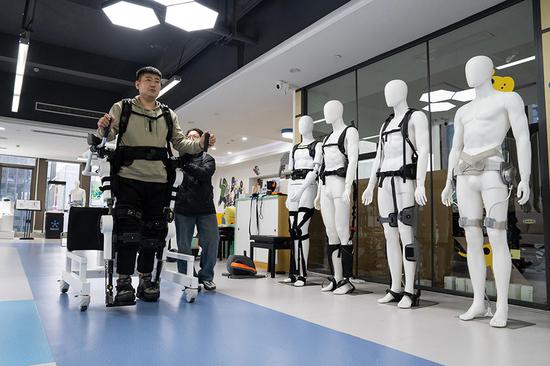


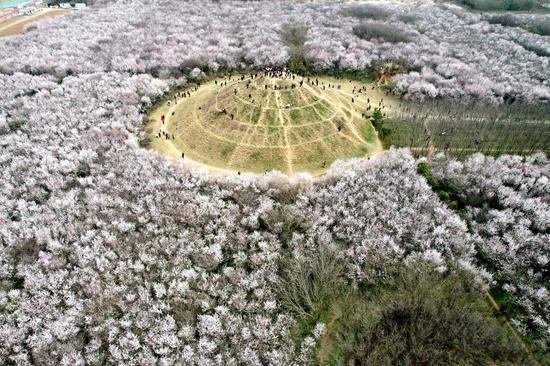
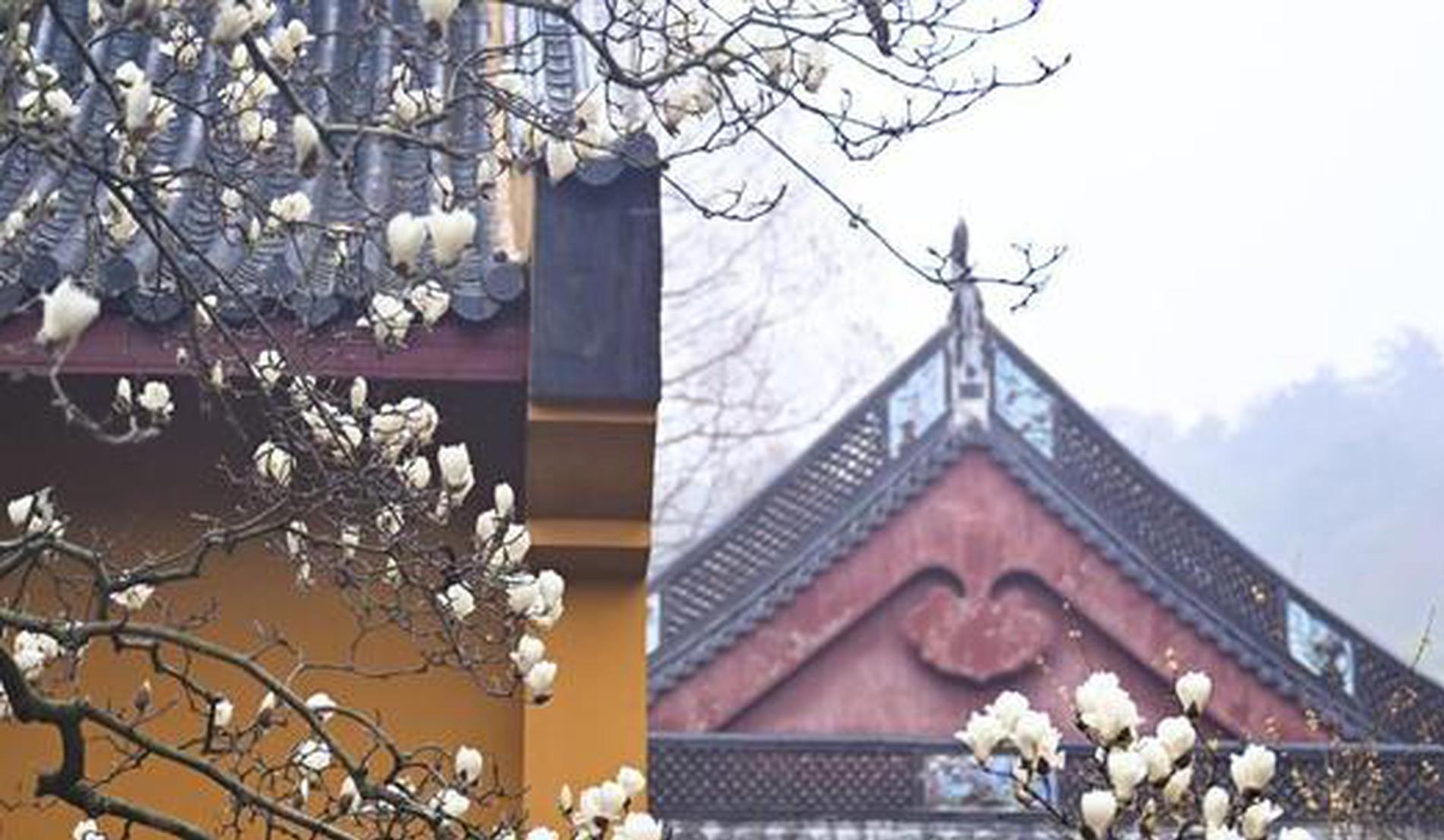
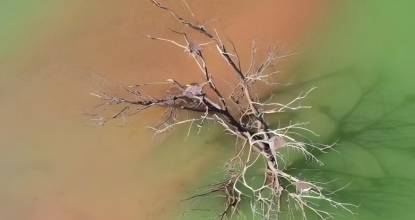
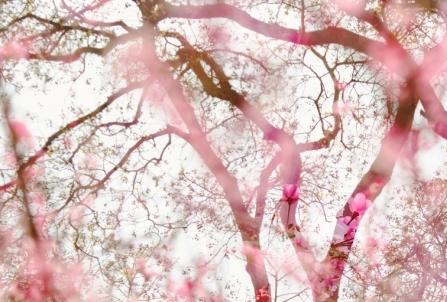



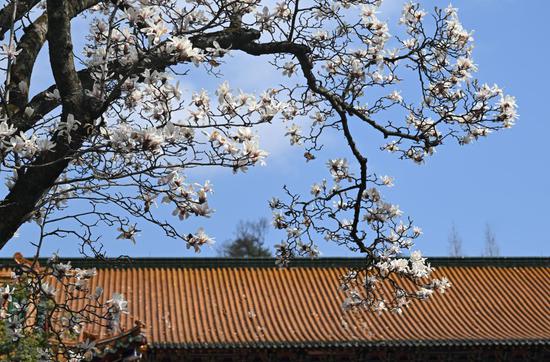

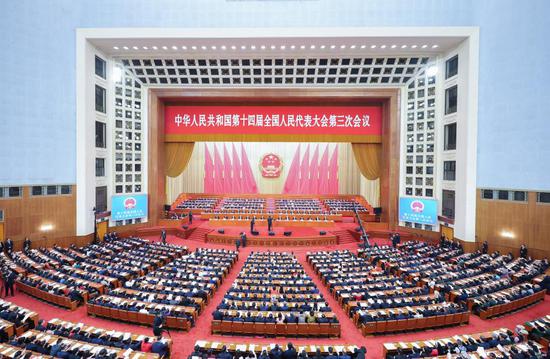

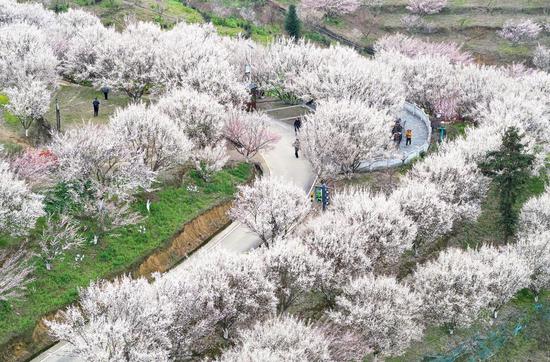

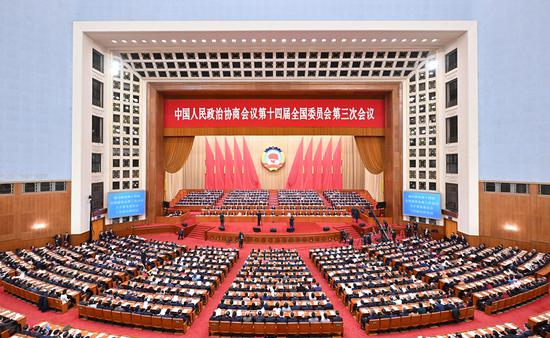


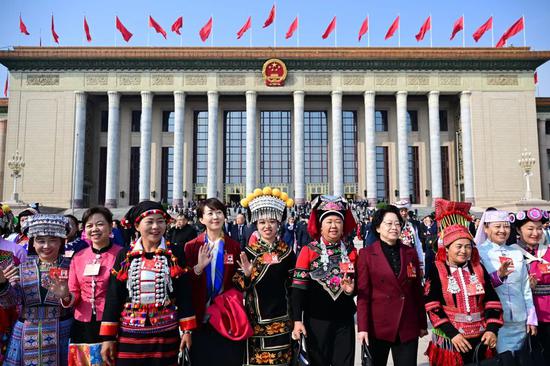
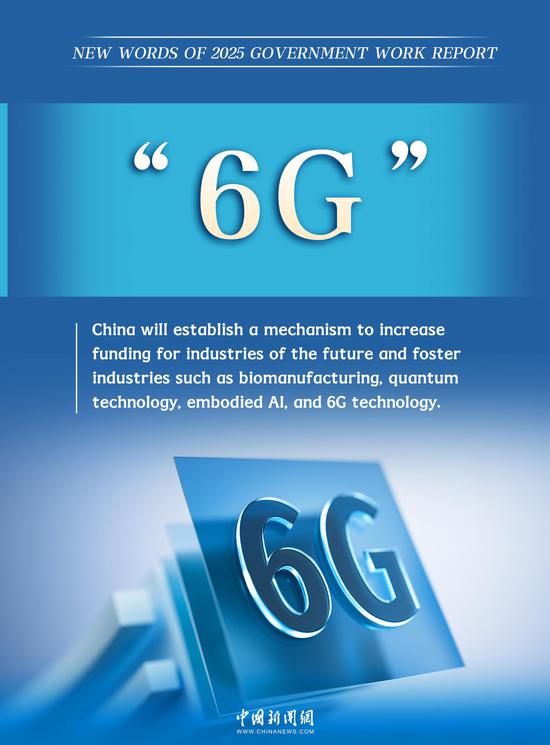

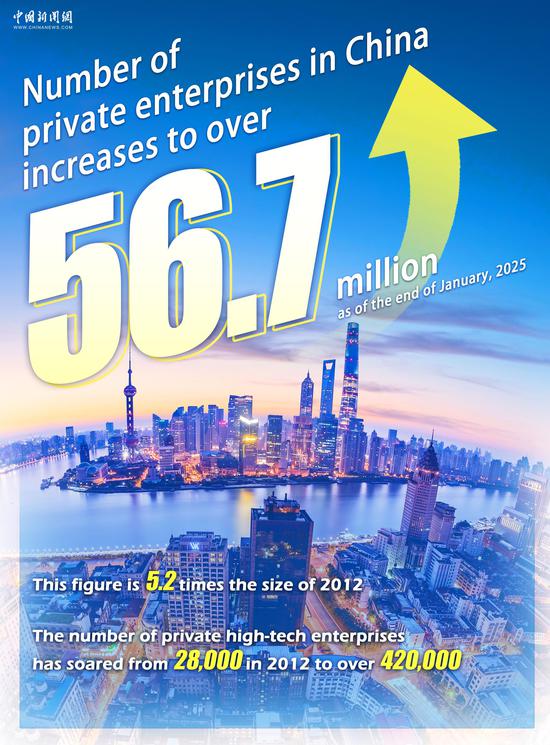


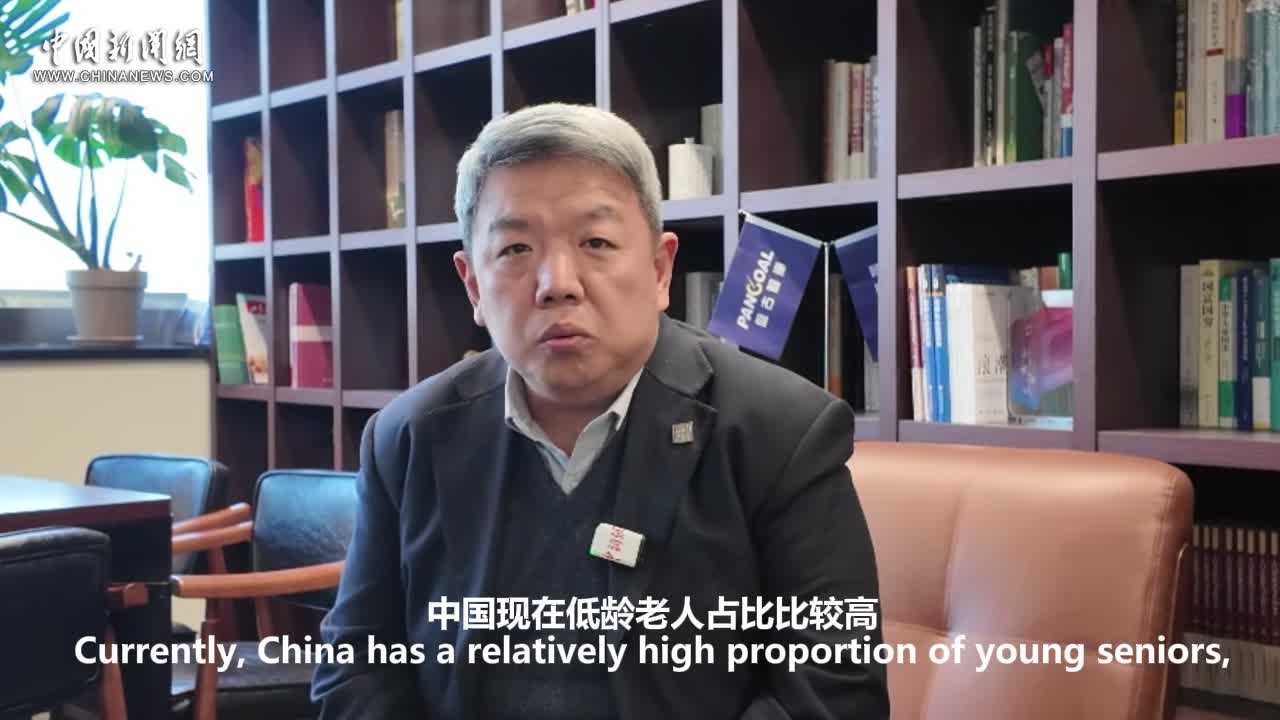

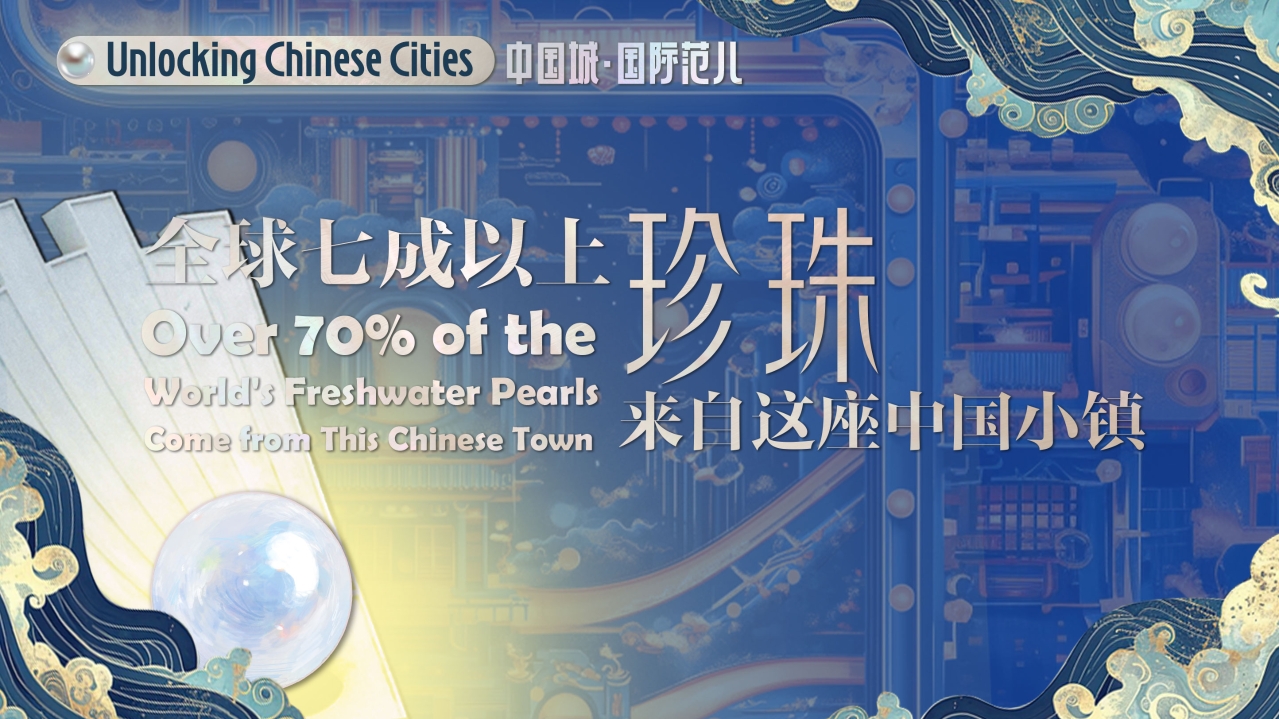

 京公網安備 11010202009201號
京公網安備 11010202009201號